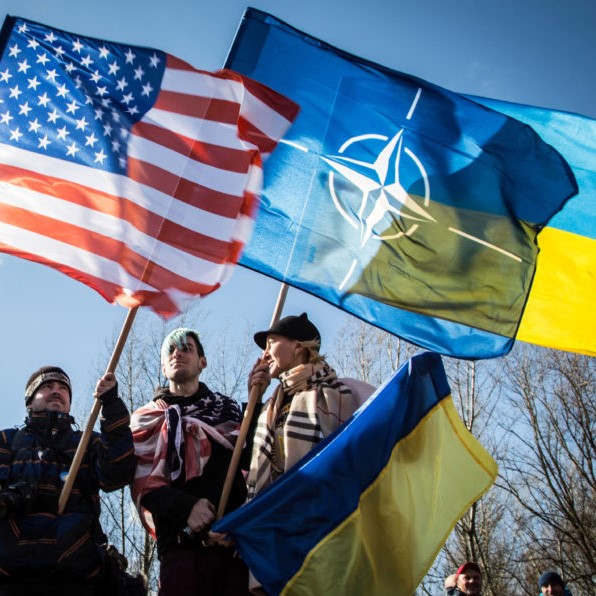
NATO, or The North Atlantic Treaty Organization, is Europe’s only truly effective collective security organization. At a time when the Russian Federation has invaded Ukraine and Russian political leadership rejects our right to self-determination, accession to NATO is vital for the protection of Ukraine’s independence and territorial integrity.
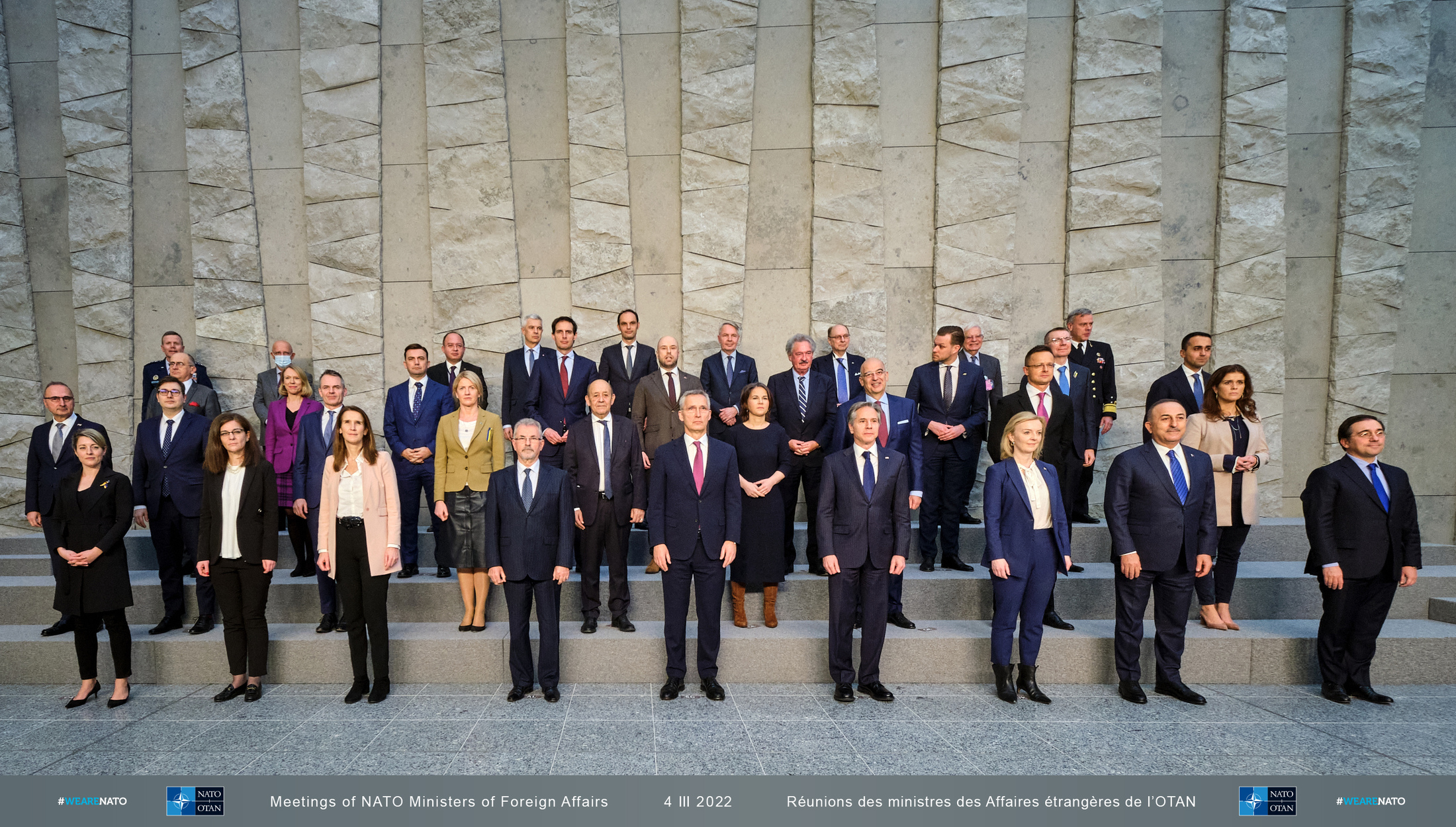
NATO was formed in 1949, at the height of the Cold War, in reaction to the establishment of pro-Soviet puppet governments in Eastern Europe. In fact, it was about protecting post-war European democracies from Stalin’s expansion. The organization then included Belgium, Canada, Denmark, France, Iceland, Italy, Luxembourg, the Netherlands, Norway, Portugal, the United Kingdom and the United States. As of 2022, NATO consists of 30 states.
NATO is a defensive alliance that protects its members from foreign aggression. Article No. 5 of the Washington Treaty, which establishes the idea of collective defense, is critical in this situation: an attack on one member state is considered an attack on all. Therefore, the threat of using force against a NATO member state is significantly reduced: no one wants to deal with the combined forces of 30 countries all at once.
For decades, Ukraine did not set itself the objective of joining NATO. When Presidents Kravchuk and Kuchma were in office, the concept of “multi-vectors” was backed up by security guarantees for the Budapest Memorandum 1994, which included assurances from Russia. However, the conflicts that Russia has provoked in Transnistria, Abkhazia, and South Ossetia have progressively demonstrated that Ukraine has to join the defensive alliance in order to avoid being left alone in the face of Russia.
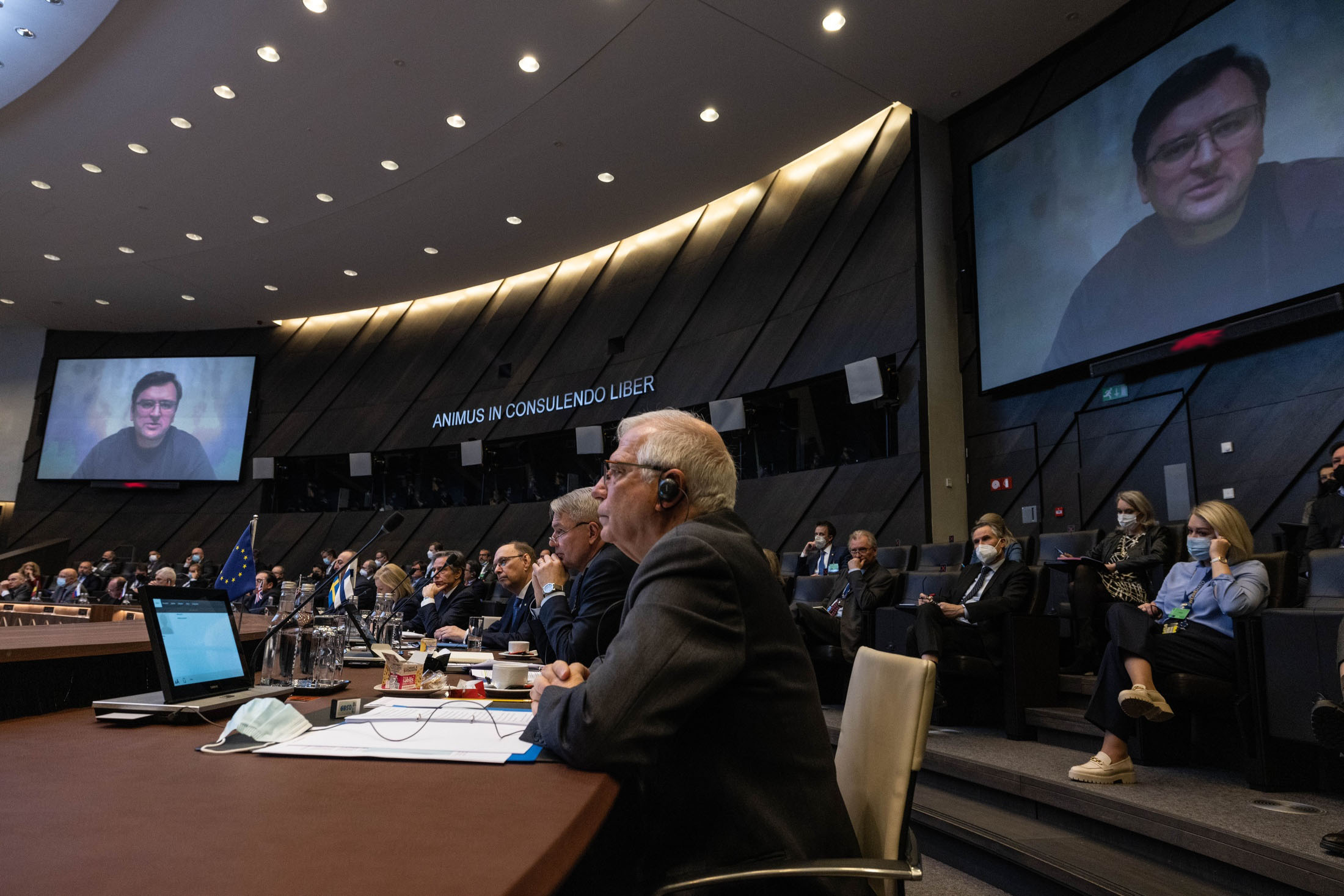
In April 2008, Ukraine and Georgia had a chance to join NATO at the Bucharest Summit. Despite the favorable position of the administration of US President George W. Bush, the decision on the application for membership was then blocked by Germany and France, in particular, due to pressure from the Russian Federation. Four months after the summit, Russia launched an invasion of Georgia. Six years later, Russia occupied the Ukrainian Crimea and Donbas.
It is obvious that the Russian Federation is prepared to attack only those who are left alone to defend themselves. This is the core of Putin’s “security assurances” to Ukraine, NATO, and the US: to abandon Eastern Europe to its fate, as a mark of respect for Russia.
Despite the Russian Defense Ministry’s promises not to shoot at people or civilian targets, almost 2,000 innocent Ukrainians have already been killed by Russian weapons and shelling. Hundreds of thousands of people have been forced to flee their homes for security and basic survival. Russian occupying troops are responsible for the shelling of residential areas in Kharkiv, Mariupol, and Chernihiv, the destruction of kindergartens and schools, and the fire on the Zaporizhzhia nuclear power plant. However, war could have been avoided if Russia had threatened not only Ukraine but all the member states of the Alliance at once.
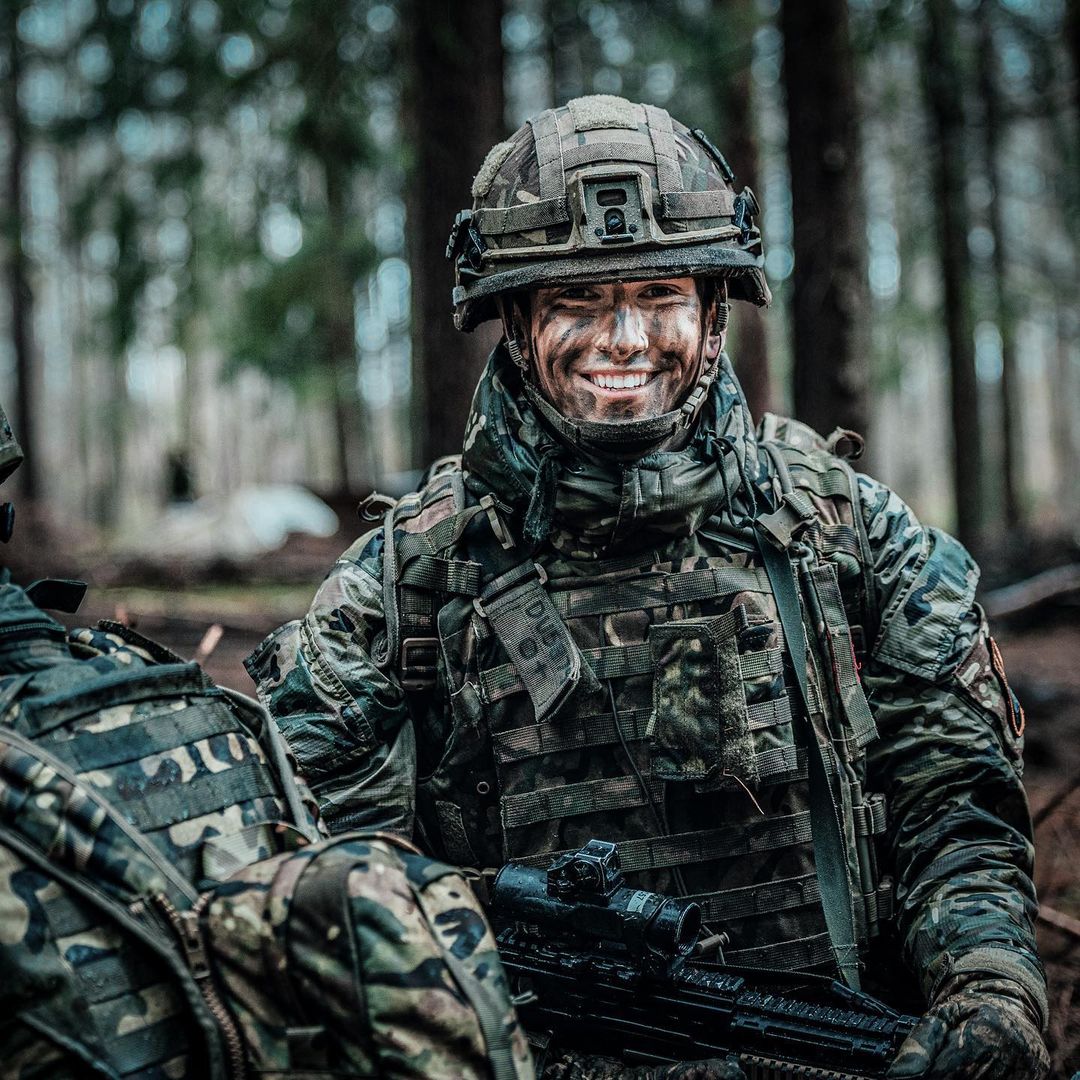
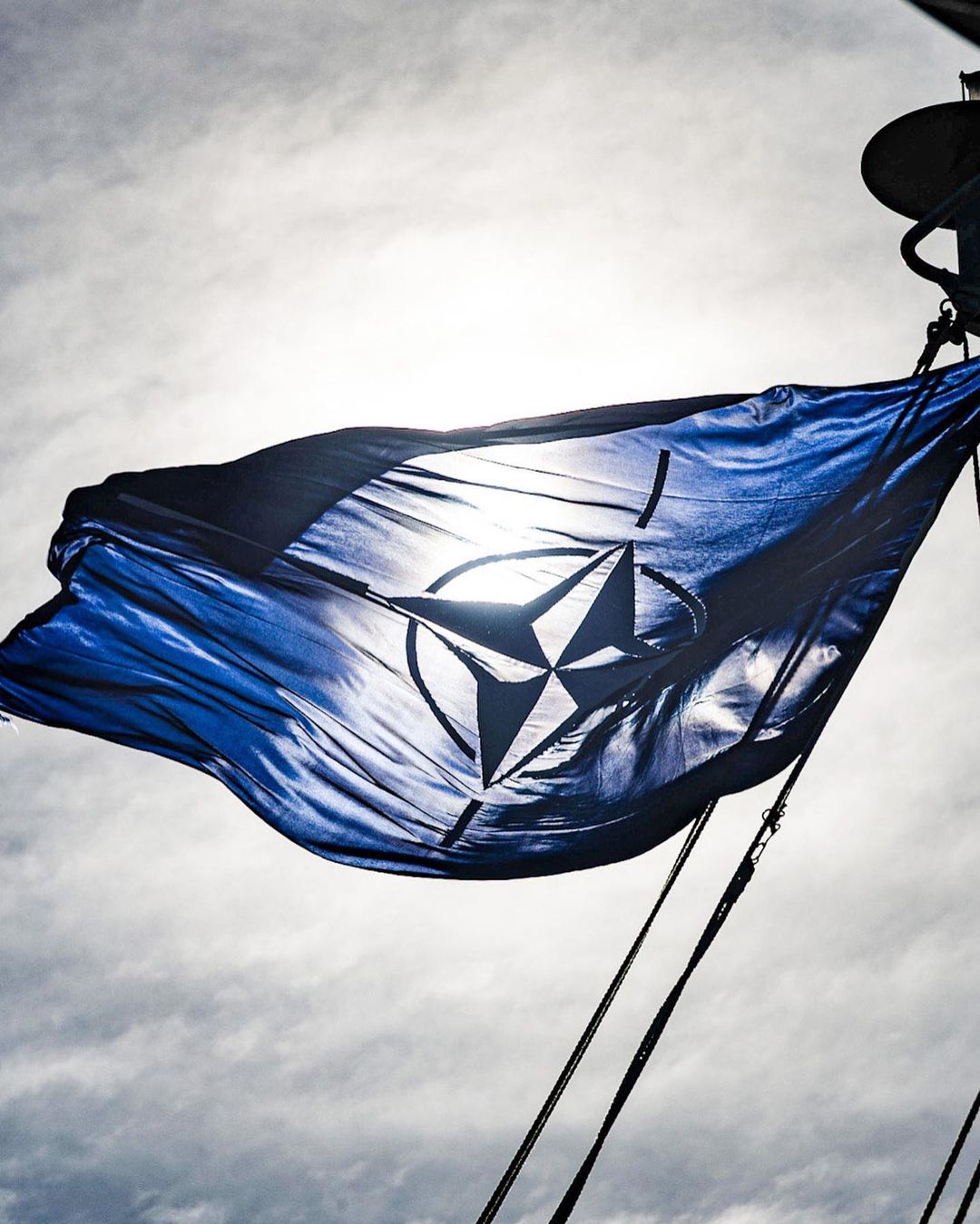
Currently, Ukraine’s accession to NATO is supported by the vast majority of the country’s population. According to a poll conducted by the Rating Group on March 1, 76% of Ukrainians support this decision. This is the highest that figure has been since Ukraine achieved independence in 1991. Moreover, Russia’s aggression has also opened Europe’s eyes, meaning the door is being left open for Ukraine and other countries to join the Alliance.
Losing the historic chance to join NATO would be a crime against the millions of Ukrainians who are now actively fighting for their independence from the Russian “elder brother.” For Ukraine, accession to NATO would not only guarantee the country’s security but would also be an effective strategy for maintaining independence.

